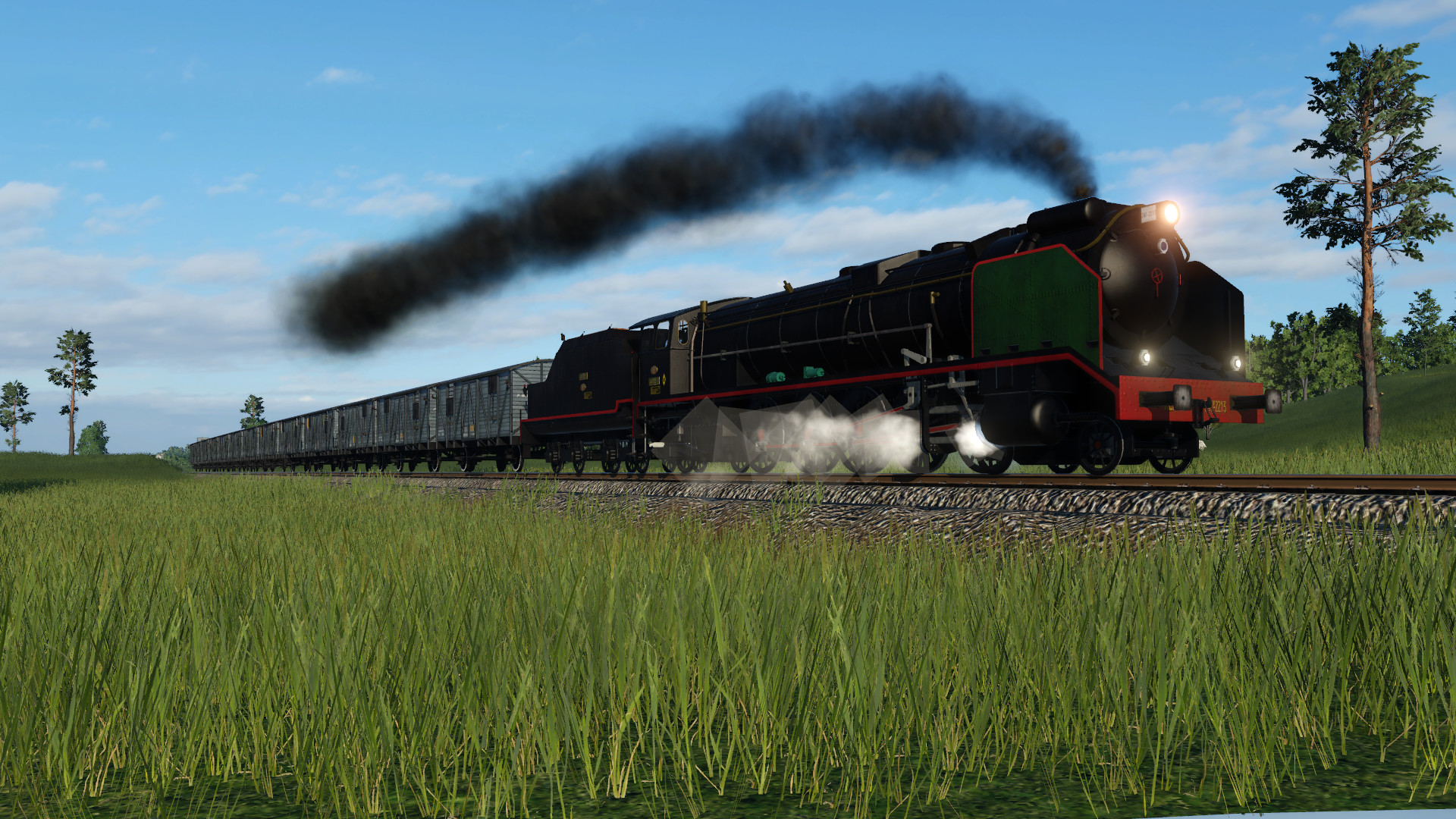Overview
Here is a little introduction to the spanish steam locomotives naming, used to unify the rolling stock from older companies that were merged into the state company RENFE in 1941.
Intro
The main diference whyte system is that the spanish system counts axis instead of wheels, the same as the french system. this way a locomotive called 2-8-2 on whyte will be 1-4-1 on the Spanish and french systems.

Structure of the nomenclature
the main structure will be:

this first number can be followed by a letter, the meaning of that letter is:
- T: for Tank locomotives
- F: for Fuelized locomotives
If the locomotive is a tank loco and uses fuel only the “T” will be written on the plates.
Second number
its has two parts:
First digit is the number of piston of the locomotive, so that we can find:
- 2 for standard systems
- 3 for locos with an additional inner piston
- 4 for Compund systems and also Mallet and Garratt locomotives.
The rest is the serial number of the locomotives
Exception:
Due to the large number of locomotives of 0-3-0 wheel arrangement, we can found 030 locos which their second number start with a 0, in that case the second number is the piston count.
Examples
This section has some examples of my TF2 model with a explanation of there numbering:
This is the only Tank loco without a T on its name, Its has this privilege for being the first wide gauge loco built in Spain. By the way the second number starts by 0 so the cylinder count will be the second digit, 2.
One lead axis, three coupled axis and no rear axis, so that became 1-3-0. In addition its a two cylinders locomotive and the number 122 on the RENFE 130-2XXX series.
Only 3 coupled axis (0-3-0) , two pistons and no fuel.
THIS SECTION WILL BE EXTENDED WITH MORE OF MY RELEASES




